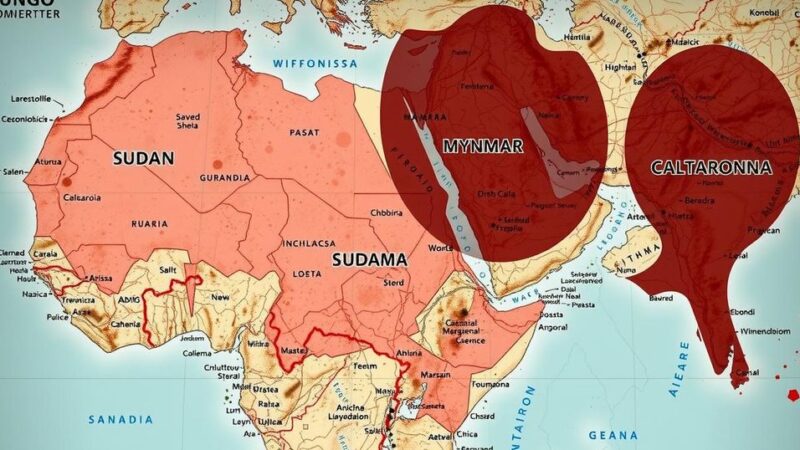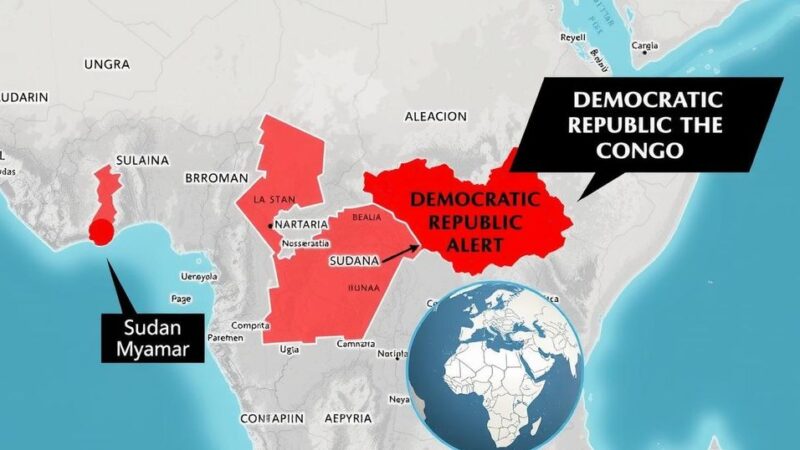A 6.1-magnitude earthquake struck Calama, Chile on January 2, confirmed by USGS. It was preceded by a 4.7-magnitude earthquake in California and recent tremors in Alaska and the Kuril Islands, highlighting ongoing seismic activity in multiple regions.
On January 2, a significant earthquake with a magnitude of 6.1 was detected in Chile, as confirmed by the United States Geological Survey (USGS). The earthquake’s epicenter was located in Calama, occurring at a depth of 99 kilometers (approximately 61.5 miles). Reports from the region indicated that 25 individuals experienced the tremor at the time of its occurrence.
This earthquake followed closely on the heels of a 4.7-magnitude event that shook California on January 1, which was centered in Cobb and occurred at a shallow depth of merely 1.1 kilometers (roughly 0.7 miles). Notably, the Cobb earthquake transpired just days after another seismic event in Alaska registered a magnitude of 3.3 on December 30, with the epicenter in Nikolski at a depth of 39.5 kilometers (about 25 miles).
Additionally, the seismic activity in Alaska continued as a 3.3-magnitude quake occurred in Fort Bidwell, California, on the same day, recorded at a modest depth of 3.4 kilometers (approximately 2.1 miles). Prior to these events, the Kuril Islands also experienced a substantial magnitude 6.7 earthquake on December 27, registered at a depth of 162.6 kilometers (about 101 miles).
The sequence of earthquakes highlights the ongoing seismic activity in various regions, with a notable 3.6-magnitude earthquake recorded in McCarthy, Alaska, on December 26, nearly coinciding with a 3.0-magnitude quake in California’s Clayton on December 25. Furthermore, California’s seismic activity follows a recent 5.9-magnitude earthquake reported in Guisa, Cuba, on December 23.
The article encompasses a series of recent seismic events impacting various regions, particularly focusing on significant earthquakes that have been reported within a short timeframe. The United States Geological Survey plays a crucial role in monitoring and reporting seismic activity, providing essential information regarding the magnitude, epicenter, and depth of these earthquakes. Such events are not only of scientific interest but also have implications for public safety and preparedness in affected areas.
In conclusion, the recent string of earthquakes, including the notable 6.1-magnitude event in Chile and the preceding seismic activities in California and Alaska, underscores the active geological processes occurring worldwide. The USGS remains a vital source of information for monitoring such natural phenomena, aiding in public awareness and response strategies.
Original Source: www.1150wima.com







